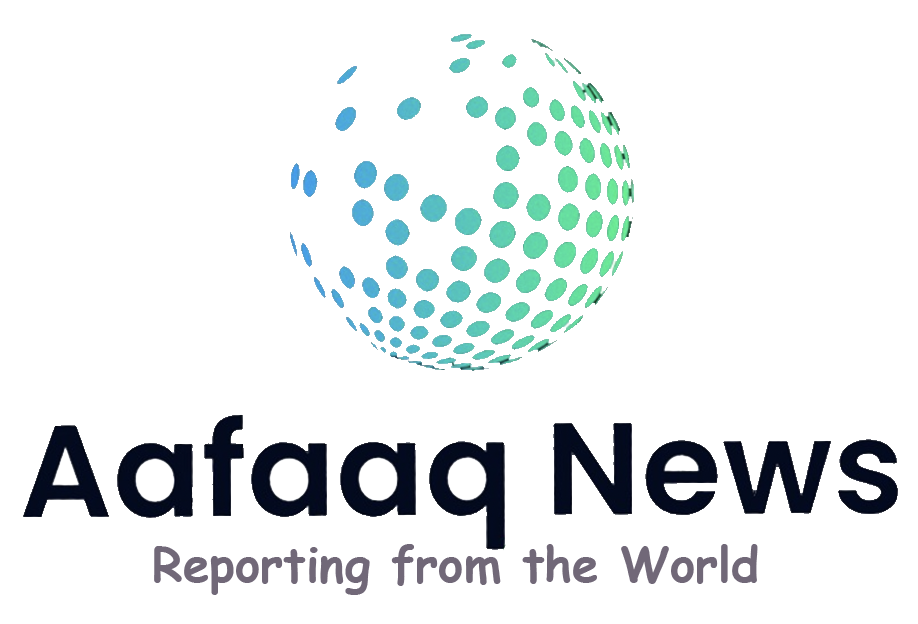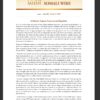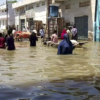Despite some relief brought by better-than-expected rainfall and a scale-up of humanitarian efforts, famine continues to haunt displaced communities in various parts of the country. While the devastating drought has been partly alleviated, the need for sustained humanitarian assistance remains critical to prevent a slide into dire consequences.
As the year reaches its midpoint, the Humanitarian Response Plan, designed to address these pressing needs, has secured only 33 percent of the required $2.6 billion. This shortfall casts a shadow over the United Nations’ capacity to effectively execute its initiatives in the region.
The ramifications of this funding gap are already being keenly felt. UNICEF, for instance, warns that the shortage of funds might disrupt its vital provision of water, sanitation, emergency education, and nutrition services. Meanwhile, the World Food Programme (WFP) has been forced to curtail food assistance from an initial 4 million recipients in March to a significantly reduced figure of 1.8 million people by July.
Regrettably, unless prompt additional funding materializes, more partners are poised to suspend, downsize, or terminate their programs. The threat to vital aid operations looms large, and the plight of vulnerable communities hangs in the balance.
The challenges don’t end at financial constraints; violence impedes the effectiveness of humanitarian response efforts. Médecins Sans Frontières (Doctors Without Borders) recently declared its withdrawal of support from the General Hospital in Laas Caanood due to security concerns. This unfortunate development underscores the stark reality that brave humanitarians persist in their mission to assist even in the face of daunting obstacles.
Nonetheless, amidst these difficulties, the collective efforts of humanitarian organizations have made a tangible impact. By June, partners had managed to reach approximately 5.7 million individuals in need. Notably, a polio vaccination campaign successfully concluded, benefiting 2.4 million children under the age of 5 years across the nation.
The persistence of these challenges underlines the urgent need for sustained support and resources. While the alleviation brought by favorable rains offers a glimmer of hope, the risk of famine remains an ever-present specter. The precarious balance between progress and peril demands a continued and coordinated response.
The international community faces a pivotal juncture – a test of its commitment to averting catastrophe and preserving human lives. While the road ahead may be fraught with difficulties, the stories of courage, resilience, and perseverance among both aid workers and the communities they serve serve as beacons of hope. As the United Nations and its partners rally for additional funding and navigate the complex web of challenges, the focus remains unwaveringly fixed on a singular goal: to alleviate suffering, restore stability, and forge a brighter future for the people of this nation.











